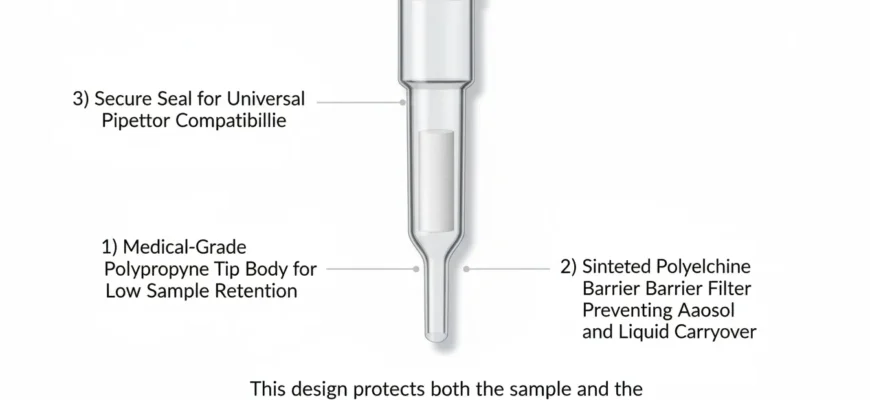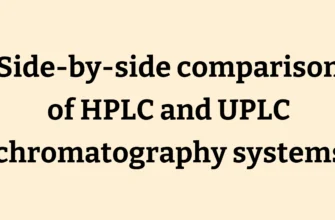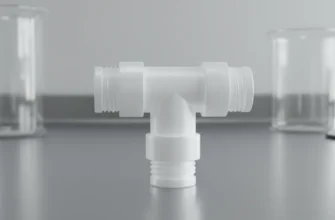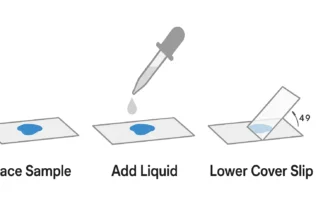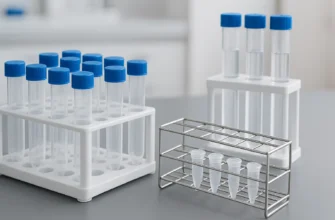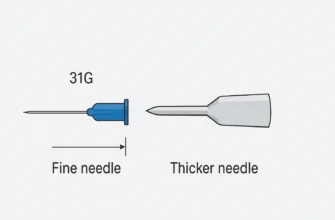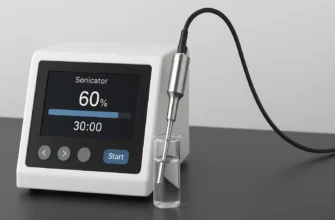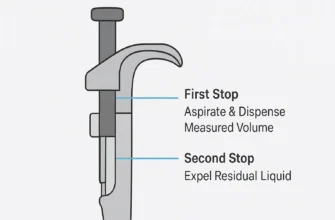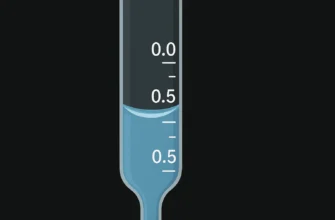Barrier pipette tips act as a built-in safety shield that blocks aerosols and liquids from ever reaching the pipettor shaft, protecting both the sample and the instrument while improving accuracy and reproducibility in PCR and other molecular-biology work.
Why barrier tips matter
Cross-contamination through aerosol carryover is the leading source of false-positive or false-negative PCR results, because even picogram quantities of foreign human DNA, RNase, DNase or a PCR inhibitor such as humic acids can derail amplification.
A porous, hydrophobic polyethylene filter inside a barrier tip stops these aerosols while allowing air to flow freely, so aspiration accuracy is not sacrificed.
Key design elements
-
Tip body – molded from medical-grade, virgin polypropylene or Ultra-High-Molecular-Weight Polyethylene for chemical inertness and low surface retention, which minimizes sample retention and DNA adherence.
-
Barrier – a sintered polyethylene filter matrix that forms an aerosol barrier; brands such as Thermo Scientific ART™, Xcluda aerosol barrier pipet tips or MultiMax Barrier Pipette Tips use self-sealing filters to stop over-pipetted liquids.
-
Graduation marks – many universal-fit tips include clear graduation lines that verify partial volumes (e.g., 200 µL, 500 µL, 1000 µL) to reduce dispensing errors.
Performance features to look for
| Feature | Why it matters | Example products |
|---|---|---|
| Low Retention / Hydrophobic surface | Cuts surface adhesion, giving full sample recovery and consistent tip volumes | Corning DeckWorks™ low-binding barrier tips, material no. 12021116 |
| PCR Ready certification | Guarantees RNase-, DNase-, human DNA- and PCR-inhibitor-free manufacturing under strict QC standards | AvantGuard low-binding barrier tips |
| Extended Length geometry | Reaches deep microcentrifuge tubes or 15 mL conical vials without touching vessel walls, preventing aerosol contamination | MultiGuard 1000XT Extended Length Barrier Tip |
| Sterility assurance level (SAL 10⁻⁶) | Gamma-irradiated sterile tips eliminate microbial DNA and endotoxin risk | ART™ Barrier Hinged Rack Pipette Tips |
| Hinged racks with locking clasp & reload inserts | Save storage space, speed reloads and maintain sterile racks on the bench | Thermo Scientific™ ART™ Barrier Hinged Rack system |
Practical buying checklist
-
Verify universal fit with existing pipettors; check that the tip style mates snugly with all pipettor shafts in the lab to avoid leaks.
-
Request a quality certificate that lists lot number, sterility method, and assay results for RNase, DNase, endotoxin and human DNA for full traceability.
-
Confirm filter composition (e.g., polyethylene filter matrix) and that it meets PCR inhibitor–free specifications.
-
Compare package options: racked filter barrier pipette tips in sterilized racks for critical PCR experiments vs. reload inserts or bulk bags for routine liquid-handling procedures.
-
Ask suppliers about contract pricing, promotional price breaks for web orders, and whether a dedicated account number is required to access items like ART 10 REACH tips; note that some sites log Client IP and Ray ID for ordering security—plan procurement accordingly.
Best-practice workflow tips
-
Always use a new sterile, PCR Ready, aerosol barrier tip for each transfer to protect sample integrity during PCR experiments.
-
Pipette slowly to reduce aerosol formation; surface retention is further reduced by low-retention plastics, improving sample accuracy and lowering waste.
-
Store sealed, sterilized racks in a clean, dry cabinet; avoid high-humidity storage space that can compromise hydrophobic filters.
-
Record lot numbers in the lab notebook so any future QC issue can be traced back instantly, fulfilling ISO-compliant documentation standards.
Conclusion
Selecting PCR Ready, low-retention aerosol barrier tips—preferably with hinged racks, extended-length formats and validated sterility—eliminates the twin threats of aerosol carryover contamination and PCR inhibition. These design advances safeguard sample integrity, prolong pipettor life, and deliver reproducible data in molecular-biology, clinical-diagnostic and liquid-handling workflows.

